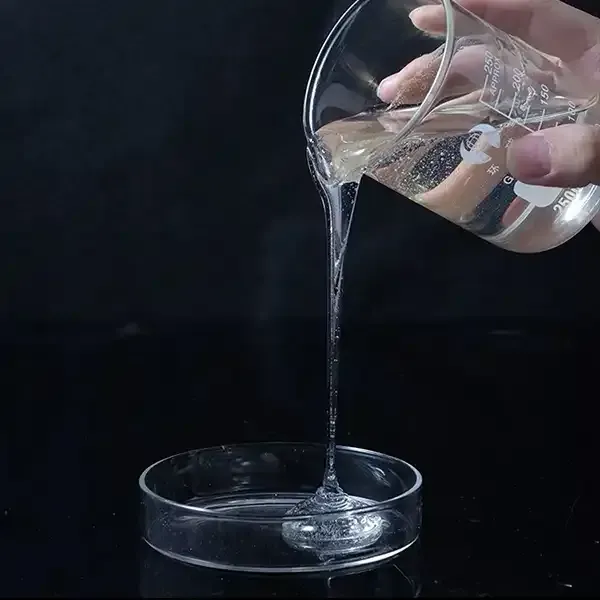Cement Glue The Unsung Hero of Construction and Crafting
Cement glue, often overlooked in favor of more glamorous adhesives, plays a pivotal role in both construction and crafting. This versatile bonding agent, a type of adhesive that combines the properties of cement with the ease of gluing, is essential for a variety of applications ranging from home improvement projects to intricate art pieces. Understanding its composition, benefits, and uses can illuminate the reasons why cement glue deserves a spot in every toolkit.
At its core, cement glue is a composite material that combines hydraulic cement with polymer additives. This unique formulation allows it to bond firmly to a wide variety of surfaces, including ceramics, wood, metal, and concrete. The hydraulic aspect of cement means that it can set and harden even when exposed to water, making it significantly more reliable in outdoor conditions or in environments where moisture is a concern.
One of the key advantages of cement glue is its strength. Once cured, it forms a robust bond that can withstand substantial weight and pressure. This characteristic makes it an ideal choice for structural applications in construction, such as repairing cracks in concrete, bonding tiles, and securing heavy fixtures. Unlike traditional adhesives that may weaken over time or under stress, cement glue maintains its integrity, providing lasting durability.
Moreover, cement glue is also favored for its versatility. Beyond construction, it has found its way into various DIY and crafting projects. For example, artists and hobbyists use cement glue to create sculptures, decorate outdoor spaces, and even in models where a strong bond is necessary. Its capacity to adhere to different materials and withstand the elements expands the possibilities for creators seeking to push the boundaries of their craft.
cement glue

Another noteworthy advantage of cement glue is its relatively low cost compared to other specialized adhesives. This cost-effectiveness makes it an accessible option for both professionals and amateurs alike. Homeowners looking to tackle renovation projects or craft enthusiasts working on weekend projects can benefit from the affordability of cement glue without compromising on quality.
When using cement glue, proper application techniques are crucial to achieve the best results. Surface preparation is key; surfaces should be clean, dry, and free from dust or grease to ensure optimal bonding. It’s also essential to follow the manufacturer's instructions regarding mixing and curing times. Unlike instant adhesives, cement glue often requires a longer setting period, so patience is necessary.
As we move toward sustainability in construction and craft, it’s worth noting that some cement glues are now formulated with eco-friendly components. This shift not only makes them safer for the environment but also aligns with the growing demand for green building practices and materials. By choosing sustainable options, we can contribute to a more environmentally responsible industry while still benefiting from the superior qualities of cement glue.
In summary, cement glue is more than just a construction supply; it is a multifunctional adhesive that bridges the gap between strength and versatility. From heavy-duty applications in construction to creative endeavors in art and craft, cement glue proves itself as an unsung hero in various fields. As both a reliable and economical choice, it is worth considering for your next project, be it a home renovation or an artistic creation. Embracing this adhesive can lead to successful outcomes that stand the test of time, showcasing the enduring power of cement glue in our daily lives.
-
A Comprehensive Guide to Methyl Ethyl Hydroxyethyl Cellulose: Applications and Industry InsightsNewsNov.24,2025
-
Understanding Methyl 2 Hydroxyethyl Cellulose: Uses, Benefits & Industry InsightsNewsNov.24,2025
-
Hydroxyethyl Methyl Cellulose HEMC: Industrial Uses, Benefits & Future TrendsNewsNov.23,2025
-
HEMC Cellulose: Versatile & Sustainable Industrial Polymer | YoungcelNewsNov.23,2025
-
Methyl Hydroxyethyl Cellulose: Versatile Building Block for Industry & SustainabilityNewsNov.23,2025
-
CAS 9032 42 2: Understanding Polyvinyl Alcohol's Impact on Industry & SustainabilityNewsNov.22,2025




